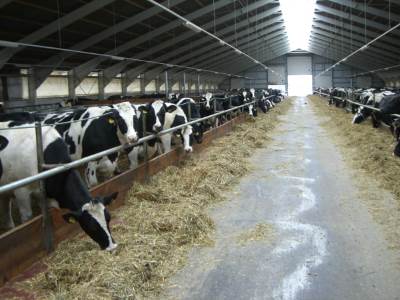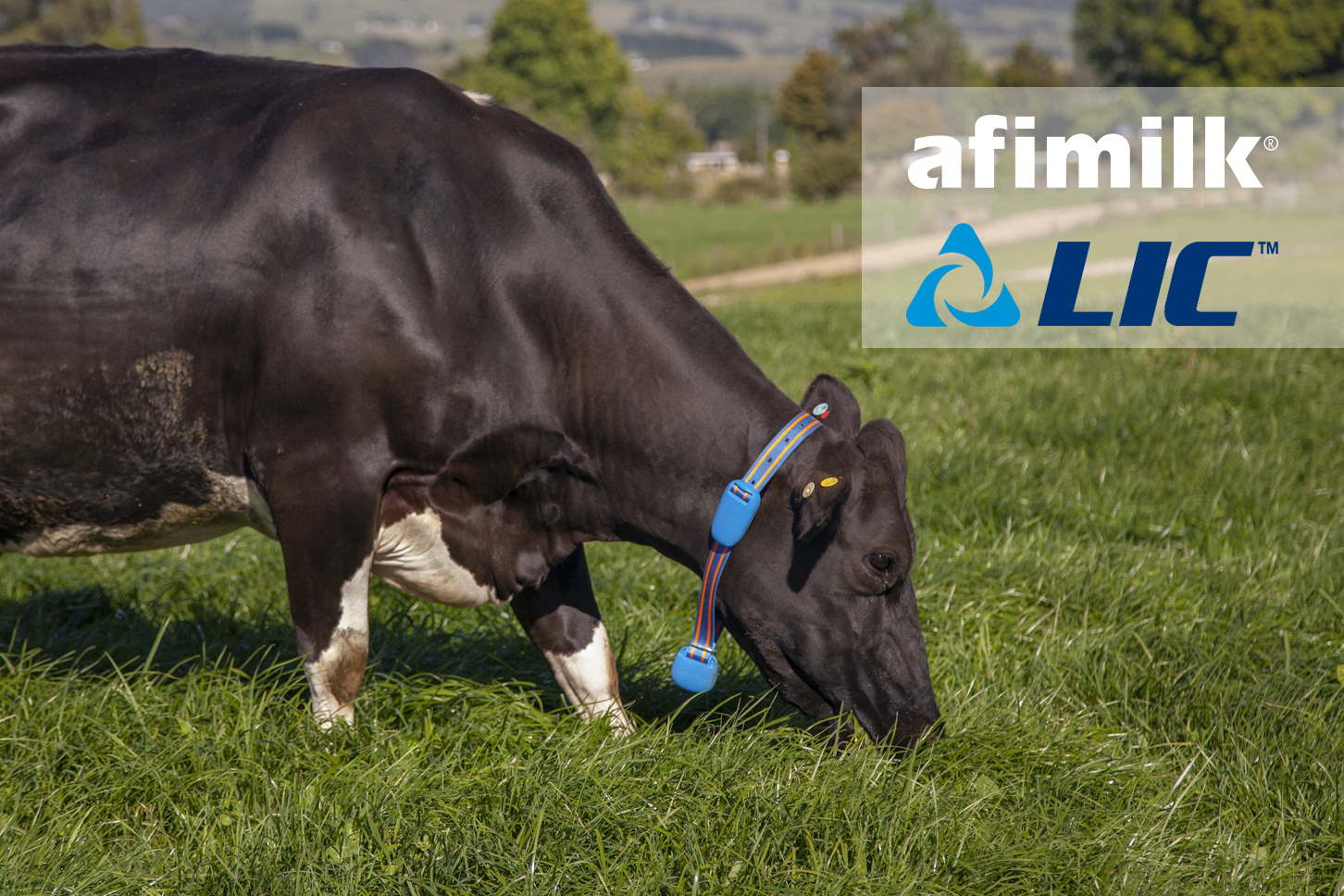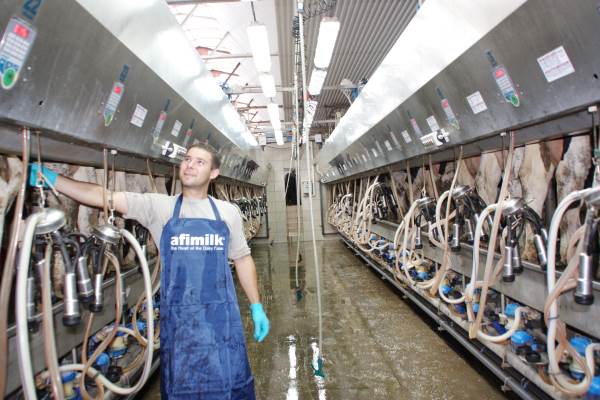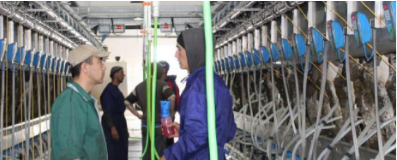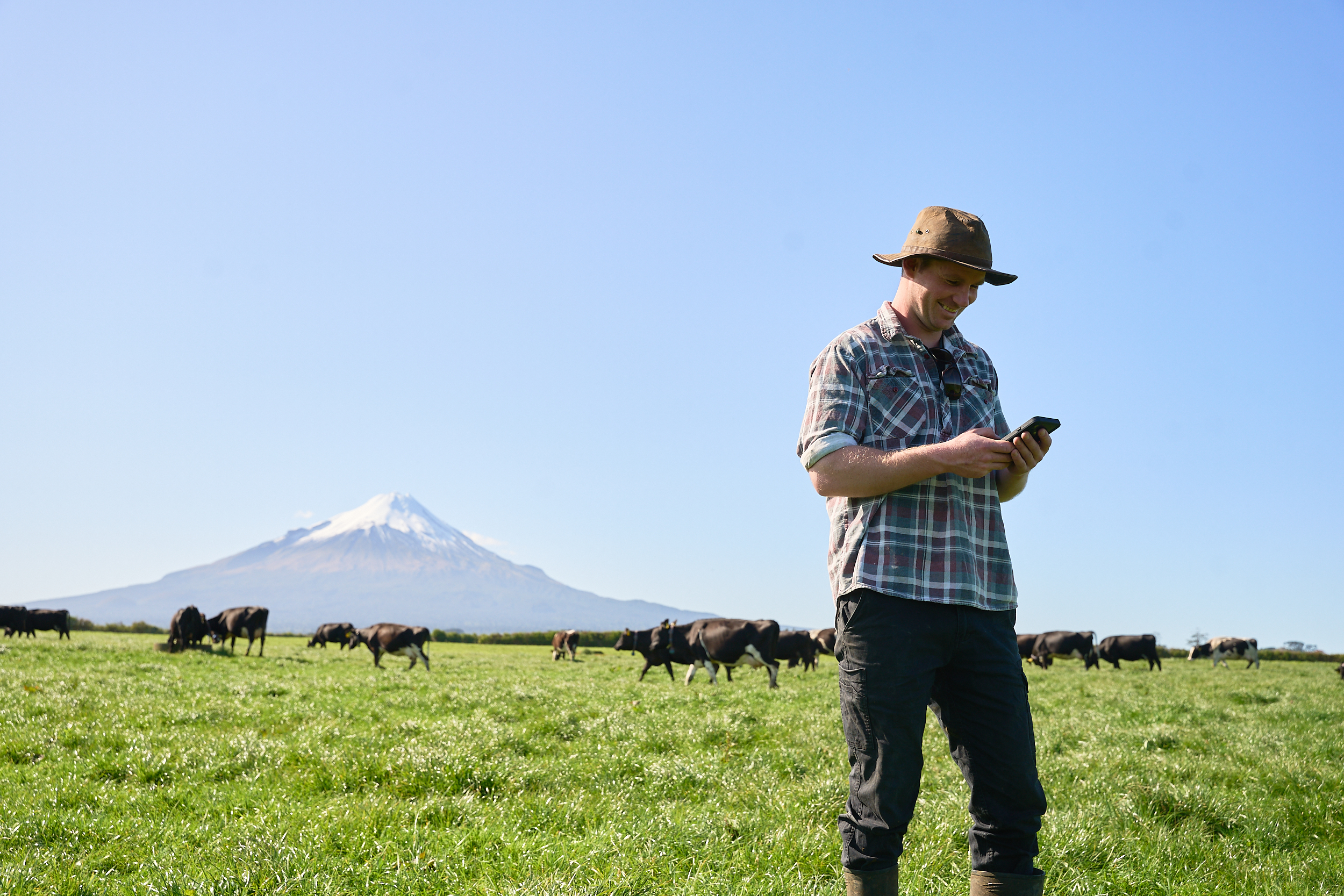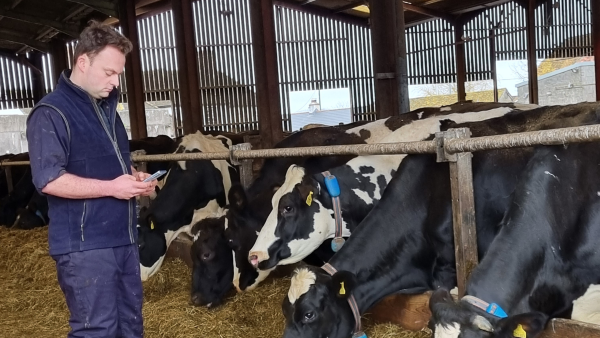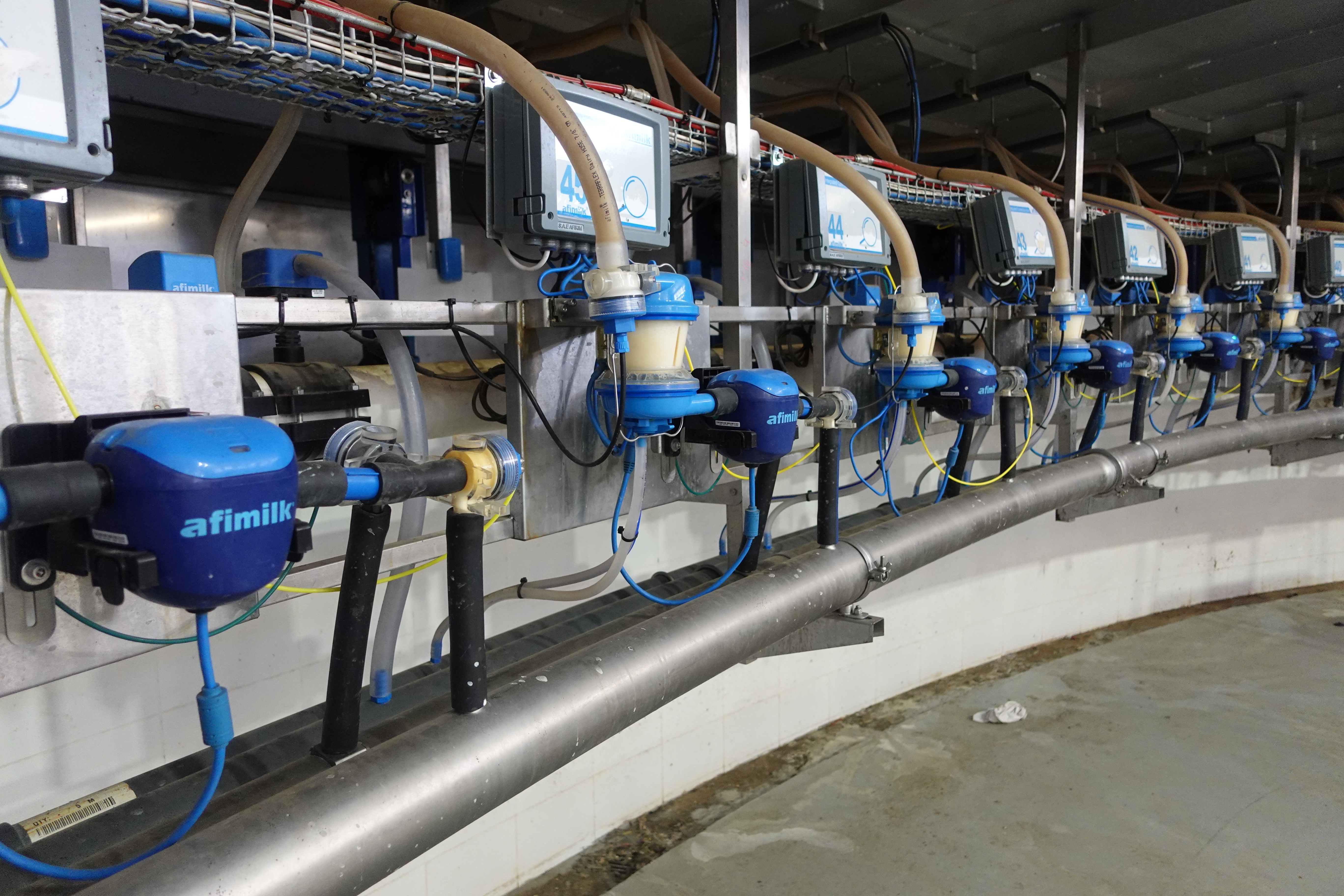by Liza Burger
The Dairy Mail
When it comes to taking care of large herds, most farmers will raise their eyebrows when one talks of individual cow care. Although this concept seems impossible without a labour intensive setup, this is exactly what is now feasible through the use of technology.
Nigel Lok, a milk producer of Tsitsikamma, is breaking new ground in fully implementing computerized dairy management and automatic feeding successfully. He also serves on the Milk Producers’ Organization’s board as one of the directors of MPO Eastern Cape.
The system makes it possible to take care of each cow individually, even if it is part of a very large herd. As a matter of fact, the larger the herd, the sooner the system will be able to “pay for itself”. The Afimilk dairy management system is a product of SAE Afikim, a company that has specialized in computerized systems for the modern dairy farm for the past 30 years.
South African input in streamlining the feeding program has been invaluable. Johan Heunis and Nigel Lok compiled the data and developed a way to put the information to use, while Russian programmers brought the information to life at Afikim in Israel.
Making the system work
The feeding program makes sure that each cow is fed according to her individual needs. All relevant factors such as body weight, number of lactations, stage of lactation, whether or not the cow is in heat and especially cow condition are taken into consideration by the computer program.
Lok says the system clearly works on his farm, Robhoek, in Tsitsikamma where about 660 cows of his herd of 1 300 including heifers are milked twice daily.
“The feeding program enables us to deliver each cow’s feed portion individually and it is adjusted daily to maintain optimal milk production body weight.” The fact that milk production and body weight is directly linked makes the correct feeding extremely important.
“What makes this system work, is the synchronization and interpretation of data. Just measuring the number of steps a cow takes every day means nothing if you don’t see it in comparison to the rest of the group. It is this deviation from the group that is the tell-tale sign that the cow is on heat or sick, for instance.”
Cutting edge technology
The full system is somewhat expensive, but for larger farms where herds exceed the 300-400 mark, it is a worthwhile option: “Within 27 months we reversed the expenditure – with interest,” says Lok.
“This is truly cutting edge technology and at every milking, the milk’s content is measured for the amount of butterfat, protein, lactose, milk urea nitrogen (MUN) and somatic cell counts. This is definitely the ultimate and allows for correct feeding as nutrition for each cow is individually determined.”
Using electronic identity tags, also called pedometers, on each cow and antennae on the farm, each step each cow gives is monitored, thus giving insight into the activity pattern in relation to the rest of the group. An overly active cow will be spotted immediately by the system, which will correlate this information with the stage of lactation and the animal will be flagged as most probably being on heat and ready for insemination.
Performance measurement
The system’s hardware also includes a range of cow weight scales and milk meters, measuring each cow’s performance supplying the farmer with real time information for short term tactical and long term strategic decisions.
The program will identify any deviation in the expected performance figures, alerting the farmer to any possible diseases. The conductivity on a lactation graph will, for example, help to identify cows prior to clinical mastitis and enable the farmer to treat the animal without delay, ensuring a speedy recovery to the same production level.
Automatic medication can also be administered through the automatic feeding system. Examples include propylene glycol for potential ketosis, calcium propionate to prevent milk fever, aspirin, anionic salts, HCL and probiotics. Potential additives include rumen protected methionine and lysine, niacin for heat stress, buffers, liquid fats, CLA and chromium and other trace minerals.
Invited to speak at Alltech’s Top Herds Workshop in Centurion on how technology can maximize sustainable margins and how to manage large herds efficiently, Lok said there are no easy answers: “There is only one universal truth when it comes to this and that is that every single farm is different!”
He said that milk farms in the Tsitsikamma area were traditionally run on principles borrowed from New Zealand. This focused mainly on managing pastures, managing herds and not individual cows, flat rate feeding concentrates, taking no milk measurements and believing that pasture cows must be small at about 470 kg.
“As a result herd production fell; many good cows were culled because they didn’t fall in the calving pattern and cows were artificially inseminated only twice and then bulls were used. Heifers calved at 24 months, pushing their weight down to between 250 and 400 kg. In the end the area produced less and less milk per cow and the milk per hectare stabilized.
“The new laws of dairying are to feed your cows properly and individually to manage milk, condition and fertility. Body condition score is extremely important and cow size does matter.”
With computerized individual feeding, cows can now be kept on a correct weight curve for each animal that will result in the best possible milk production.
Mixing the feed
Lok says that different feeds such as maize, soy, oil and mineral pellets can be used to scientifically concoct the right feed mix. The automated system mechanically balances these feeds in the trough, where each cow has her own feeding bay.
The system determines the content and mass of the feed according to milk production as a percentage of body weight linked to the body condition score. Cows that are not on the right weight curve, are automatically fed more as are first calves.
According to Lok work done in Spain proves that there is a definite link between milk production and weight, which translates to correct feeding. “In Spain they have farms that cater specifically for rearing heifers. On one such farm, 6 000 heifers from 128 different farms are raised.
“When you look at a picture of them at the feeding trough, it seems as if they are all exactly the same size. This is very close to the truth as 95% of these heifers will calve at 600 kg (post calf) at the same height (140 cm) at the same age (23 months) and they will produce on average 6% of the body weight in milk per day.
“When heifers calved at 550 kg they also produced at 6% of their body weight, but those weighing only 50 kg more meant they produced 1 000 kg more milk in the first lactation alone!
“Studies on this also make it clear that heifers must have an even growth rate from birth and that compensatory growth at a later stage, does not work,” Lok said.
